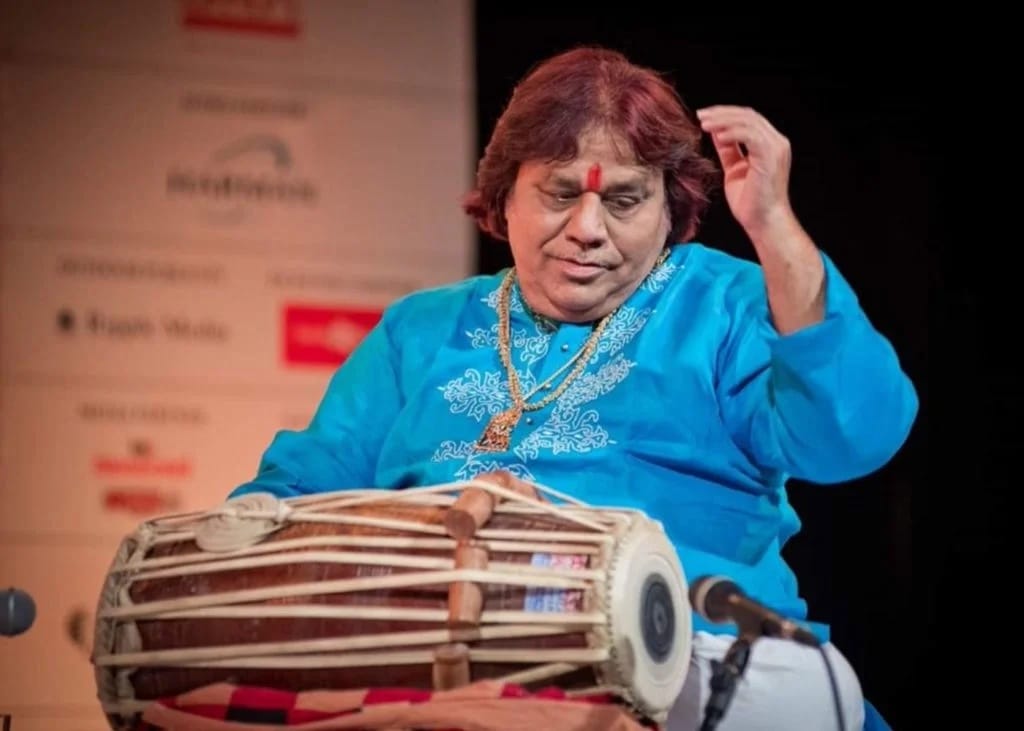Decoding the Pakhawaj

The Pakhawaj, a barrel-shaped, double-headed drum, originates from the Indian subcontinent. It stands as the precursor to various double-sided drums like the mridangam in Southern India and the kendang in Maritime Southeast Asia. Initially crafted from clay, its evolution has seen the use of diverse materials.
Primarily associated with the dhrupad style of Indian classical music, the Pakhawaj offers a rich, mellow tone, resonating harmonics that enchant listeners. Its construction involves animal skin, typically goat skin, stretched over the sides. When played, the instrument sits horizontally in front of the player, placed upon the floor with crossed legs. A cushion might be placed beneath the treble face for elevation.
Tuning and Playing Techniques
Tuning the Pakhawaj is akin to the tabla, using wooden wedges placed beneath tautening straps. Remarkably, the treble face can produce at least two tones a semitone apart due to the varying thickness of the skin. Fine-tuning is achieved using the woven outer ring, an extension of the skin material. The bass face is coated with fresh wheat dough, enhancing the instrument’s low-pitched sounds. Although polymer-based substitutes exist, they’re not commonly used.
Etymology and Evolution
The term “Pakhawaj” originates from the Prakrit word “pakṣavādya,” which translates to “a side” and “a musical instrument” in Sanskrit. During the 14th century, experimentation with mridangam materials led to the use of wood for the main body, giving rise to the new name “pakhavaj” while the original term “mridang” persisted.
Technique and Mnemonics
Distinct from tabla techniques, Pakhawaj rhythms, known as “tala,” are taught through mnemonic syllables or “bol.” Unlike tabla, the artist uses the whole palm to strike the bass face and varied finger configurations on the treble face to produce different rhythms. These mnemonics are learned and practiced with corresponding syllables, aiding in fast recitals and improvisations.
Rhythms and Talas
Beginners learn patterns in specific talas, like the chautal in 12 beats, evolving to more complex relas or compositions performed at higher tempos. Various talas like Dhamaar, Sultala, Therwa, Matta, Teentala, and Pancham Sawari offer diverse rhythmic frameworks.
Diverse Traditions and Gharanas
Numerous gharanas or traditions, including Nana Panse, Nathdwara, and Kudai Singh, preserve Pakhawaj styles. Eleven distinct styles, such as Jaawli, Mathura, Punjab, and others, have left their mark on Pakhawaj playing, showcasing regional variations and influences.
The Pakhawaj, with its rich heritage and intricate playing techniques, continues to hold an esteemed place in Indian classical music, demonstrating the fusion of tradition and evolution in the musical landscape.





